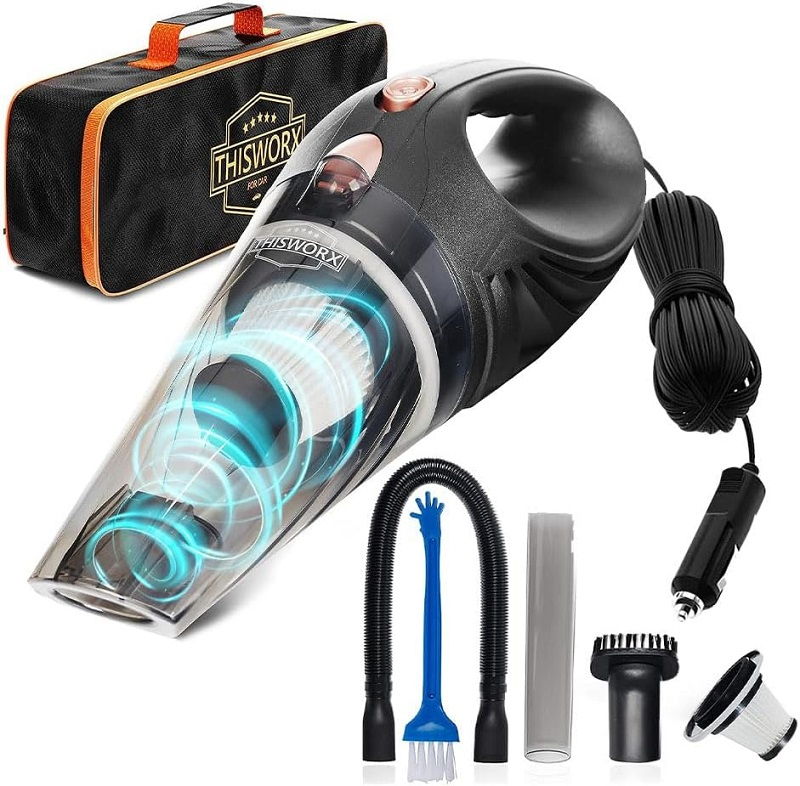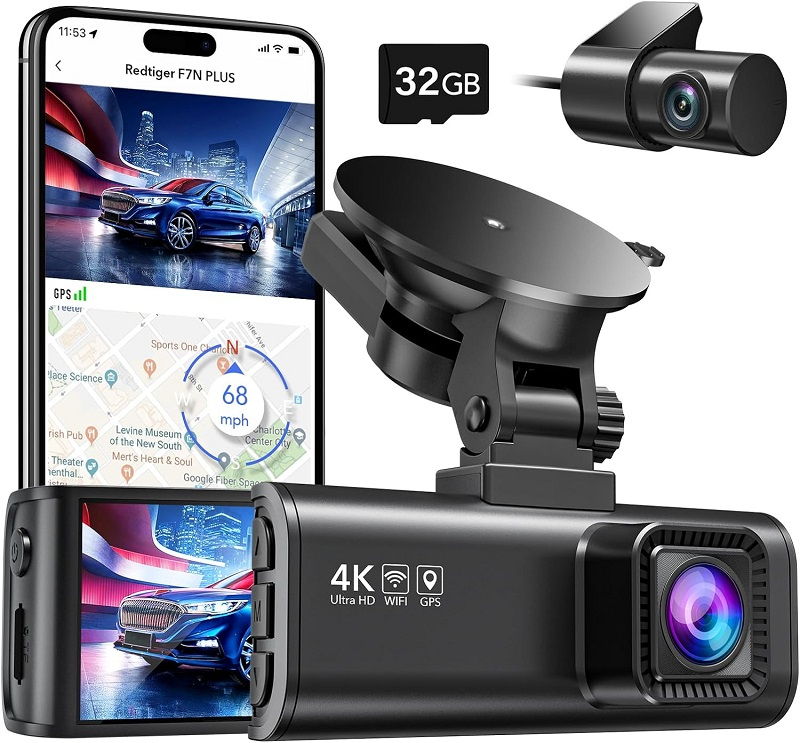This post contains affiliate links. This means I will make a commission at no extra cost to you should you click through and make a purchase [ “As an Amazon Associate, I earn from qualifying purchases.” ]. Read the full disclosure here.
Hyundai Warning Lights GuideMechanic.Com Hyundai warning lights are an essential tool for understanding your vehicle’s health and safety.
These dashboard indicators serve as a means of communication between your car and you, alerting you to potential issues that require your attention.
However, deciphering the meaning behind these warning lights can be challenging, especially for those unfamiliar with Hyundai models.
In this comprehensive guide, we will delve into the world of Hyundai warning lights, providing you with all the information you need to understand and address these indicators effectively.
From the common warning lights to the more obscure ones, we will cover it all, ensuring that you can confidently navigate the road ahead. So, buckle up and let’s dive into this enlightening journey!
See Also: 2013 Hyundai Elantra Alternator
Hyundai Warning Lights: Check Engine Light

The check engine light is one of the most common warning lights you may encounter in your Hyundai. It serves as an indicator that there is a problem with your vehicle’s engine or emissions system. When this light illuminates, it is crucial not to ignore it, as it could indicate a potentially serious issue.
What does it mean?
The check engine light can be triggered by a range of issues, including a loose gas cap, a faulty oxygen sensor, a malfunctioning catalytic converter, or even a more severe engine problem.
To determine the exact cause, it is recommended to use an onboard diagnostic (OBD) scanner to retrieve the trouble codes associated with the check engine light.
What should you do?
If the check engine light comes on, it is advisable to schedule a visit to a certified Hyundai technician as soon as possible.
They will be able to diagnose the issue accurately and provide the necessary repairs. Remember that driving with a lit check engine light may result in further damage to your vehicle’s engine or emissions system.
Prevention and maintenance tips
To prevent the check engine light from illuminating, it is essential to keep up with regular vehicle maintenance.
This includes routine oil changes, air filter replacements, and spark plug inspections. Additionally, ensure that the gas cap is tightened properly after refueling, as a loose cap can trigger the check engine light.
Hyundai Warning Lights: Battery Warning Light

The battery warning light indicates a problem with your vehicle’s battery or charging system. It is crucial to address this warning light promptly, as a failing battery can leave you stranded on the road.
What does it mean?
The battery warning light can signal various issues, such as a weak battery, a faulty alternator, or corroded battery terminals. These problems can result in a lack of power to the vehicle’s electrical components and potential breakdowns.
What should you do?
If the battery warning light illuminates, it is recommended to have your vehicle’s battery and charging system inspected by a qualified technician. They will be able to determine whether the issue lies with the battery, alternator, or other components and provide the necessary repairs or replacements.
Prevention and maintenance tips
To prevent battery-related issues, it is essential to keep your battery and its connections clean and free from corrosion.
Additionally, avoid leaving electrical components, such as lights or the radio, on when the engine is not running, as this can drain the battery.
See Also: Hyundai Elantra Starter
Regularly test your battery’s voltage and consider replacing it every three to five years, depending on its condition and usage.
Hyundai Warning Lights: Oil Pressure Light
The oil pressure light indicates a problem with your vehicle’s oil system, which is crucial for proper engine lubrication and performance. Ignoring this warning light can lead to severe engine damage.
What does it mean?
When the oil pressure light illuminates, it signifies that the oil pressure in your vehicle’s engine is too low. Low oil pressure can result from a variety of issues, including a low oil level, a malfunctioning oil pump, or a clogged oil filter.
What should you do?
If the oil pressure light comes on, it is important to pull over safely and turn off the engine as soon as possible. Continuing to drive with low oil pressure can cause significant engine damage.
Check the oil level using the dipstick and add oil if necessary. If the oil level is adequate, it is recommended to have your vehicle inspected by a professional technician to diagnose and resolve the underlying issue.
Prevention and maintenance tips
To prevent low oil pressure, it is crucial to follow your vehicle’s recommended oil change intervals and use the appropriate oil viscosity for your engine.
Regularly check your oil level using the dipstick and top it up as needed. Additionally, ensure that your oil filter is replaced at the recommended intervals to prevent clogs and maintain proper oil flow.
Hyundai Warning Lights: Tire Pressure Monitoring System (TPMS) Light

The TPMS light is designed to alert you when one or more of your vehicle’s tires have low air pressure. Proper tire pressure is essential for safe handling, fuel efficiency, and tire longevity.
What does it mean?
When the TPMS light illuminates, it indicates that one or more of your vehicle’s tires have low air pressure. This can be caused by a puncture, a leak, or natural pressure loss over time.
What should you do?
If the TPMS light comes on, it is crucial to check your tire pressures as soon as possible. Use a reliable tire pressure gauge to measure the pressure in each tire, including the spare.
Inflate any underinflated tires to the recommended pressure specified in your vehicle’s manual. If you notice a puncture or a leak, it is advisable to have the tire inspected and repaired by a professional.
Prevention and maintenance tips
To prevent low tire pressure, regularly check your tire pressures at least once a month and before long trips. Keep in mind that tire pressures can fluctuate with temperature changes, so adjust them accordingly.
Additionally, ensure that your tires are properly inflated to the manufacturer’s recommended pressure and periodically inspect them for signs of damage or wear.
Hyundai Warning Lights: Brake Warning Light
The brake warning light alerts you to potential issues with your vehicle’s braking system. Maintaining a properly functioning brake system is essential for your safety and the safety of those around you.
What does it mean?
When the brake warning light illuminates, it can indicate various problems, including low brake fluid levels, worn brake pads, a malfunctioning brake master cylinder, or a problem with the anti-lock braking system (ABS).
What should you do?
If the brake warning light comes on, it is crucial to have your vehicle’s braking system inspected immediately.
A certified technician will be able to diagnose the issue accurately and determine the necessary repairs or replacements. Driving with a malfunctioning brake system can compromise your ability to stop safely.
Prevention and maintenance tips
To maintain a properly functioning brake system, it is important to have your brakes inspected regularly and replace worn brake pads or rotors as needed.
Additionally, ensure that your brake fluid is topped up to the recommended level and have it flushed and replaced according to the manufacturer’s guidelines. Avoid harsh braking whenever possible, as it can accelerate wear on your braking components.
Hyundai Warning Lights: ABS Warning Light

The ABS warning light indicates a problem with your vehicle’s anti-lock braking system. The ABS system helps prevent the wheels from locking up during sudden braking, enhancing your ability to maintain control of the vehicle.
What does it mean?
When the ABS warning light illuminates, it signifies that there is a malfunction within the anti-lock braking system. This could be due to a faulty ABS sensor, a damaged ABS module, or an issue with the hydraulic system.
What should you do?
If the ABS warning light comes on, it is recommended to have your vehicle’s ABS system inspected by a qualified technician.
See Also: 2011 Hyundai Sonata Fuel Pump
They will be able to diagnose the issue and provide the necessary repairs to restore the proper functioning of the system.
Keep in mind that even with the ABS warning light on, your vehicle’s standard braking system should still work, but the anti-lock feature may be disabled.
Prevention and maintenance tips
To help prevent ABS system malfunctions, it is important to keep your vehicle’s sensors and wheel speed rings clean and free from debris.
Additionally, regularly inspect your brake fluid level and quality, as contaminated or low brake fluid can affect the ABS system’s performance.
If you notice any symptoms of an ABS system issue, such as unusual noises or vibrations during braking, have it inspected immediately.
Hyundai Warning Lights: Airbag Warning Light
The airbag warning light is a crucial safety indicator, notifying you of potential issues with your vehicle’s airbag system. A properly functioning airbag system can provide vital protection in the event of a collision.
What does it mean?
When the airbag warning light illuminates, it indicates a problem with the airbag system. This could be due to a faulty airbag sensor, a malfunctioning control module, or a wiring issue.
What should you do?
If the airbag warning light comes on, it is important to have your vehicle’s airbag system inspected by a professional technician.
They will be able to diagnose the issue and perform the necessary repairsor replacements to ensure the proper functioning of the airbag system.
It is crucial not to ignore this warning light, as a malfunctioning airbag system may fail to deploy in the event of a collision, increasing the risk of injury.
Prevention and maintenance tips
While there are no specific preventive measures for the airbag system, it is essential to regularly inspect your vehicle’s airbag system as part of routine maintenance.
Ensure that the airbag covers are not damaged or obstructed and that no objects are placed on top of them. Additionally, avoid tampering with or modifying the airbag system, as this can compromise its effectiveness.
Hyundai Warning Lights: Traction Control System (TCS) Light
The TCS light indicates a problem with your vehicle’s traction control system, which is designed to improve traction and stability, particularly in slippery conditions.
What does it mean?
When the TCS light illuminates, it signifies a malfunction within the traction control system. This could be due to a faulty sensor, a damaged wheel speed ring, or an issue with the control module.
What should you do?
If the TCS light comes on, it is recommended to have your vehicle’s traction control system inspected by a qualified technician.
They will be able to diagnose the issue accurately and perform the necessary repairs to restore the proper functioning of the system.
Keep in mind that even with the TCS light on, your vehicle should still be drivable, but the traction control feature may be disabled.
Prevention and maintenance tips
To help prevent traction control system malfunctions, it is essential to keep your vehicle’s sensors and wheel speed rings clean and free from debris.
Additionally, regularly inspect your tires for proper inflation and tread wear, as worn or improperly inflated tires can affect the traction control system’s performance.
See Also: Hyundai Elantra Spark Plugs
If you notice any abnormal behavior while driving, such as wheelspin or loss of traction, have your traction control system inspected.
Hyundai Warning Lights: Engine Temperature Warning Light
The engine temperature warning light alerts you to potential issues with your vehicle’s cooling system. Proper engine temperature regulation is vital for engine performance and longevity.
What does it mean?
When the engine temperature warning light illuminates, it indicates that the engine is overheating or that there is a problem with the cooling system. This could be due to a coolant leak, a faulty thermostat, a malfunctioning radiator, or a blocked coolant passage.
What should you do?
If the engine temperature warning light comes on, it is crucial to take immediate action to prevent engine damage.
Safely pull over and turn off the engine. Allow it to cool down before checking the coolant level. If the coolant level is low, add coolant as needed.
However, if the coolant level is sufficient, it is recommended to have your vehicle inspected by a professional technician to diagnose and resolve the underlying issue.
Prevention and maintenance tips
To prevent engine overheating, ensure that your vehicle’s cooling system is properly maintained. Regularly check the coolant level and top it up as necessary with the appropriate coolant mixture.
Additionally, have your cooling system inspected and flushed at the recommended intervals to remove any accumulated debris or contaminants that can impede proper cooling.
Hyundai Warning Lights: Fuel Indicator Light
The fuel indicator light is a reminder to monitor your vehicle’s fuel level and refuel when necessary. Running out of fuel can leave you stranded and cause damage to your vehicle’s fuel system.
What does it mean?
When the fuel indicator light illuminates, it indicates that your vehicle’s fuel level is low. The exact level at which the light comes on may vary depending on the vehicle model and settings.
What should you do?
If the fuel indicator light comes on, it is important to locate a nearby gas station and refuel as soon as possible.
Running out of fuel can not only leave you stranded but can also cause damage to your fuel system, such as clogging the fuel filter or damaging the fuel pump. Take this opportunity to also check your tire pressures, oil level, and other essential fluids.
Prevention and maintenance tips
To avoid running out of fuel unexpectedly, it is advisable to keep an eye on your vehicle’s fuel level and refuel before it reaches a critically low point.
Additionally, consider keeping a spare container of fuel in your vehicle for emergencies. Regularly inspect your fuel system for any signs of leaks or damage and have it repaired promptly if necessary.
In conclusion, understanding and addressing Hyundai warning lights are crucial for maintaining the health and safety of your vehicle.
By familiarizing yourself with the meaning behind these indicators and taking appropriate action, you can prevent potential issues and ensure a smooth and worry-free driving experience.
Remember to consult your vehicle’s manual for specific information about your Hyundai model and, when in doubt, seek assistance from a certified Hyundai technician. Safe travels!
See Also: Hyundai Malfunction Indicator Light Stays On
Related video of Demystifying Hyundai Warning Lights: A Comprehensive Guide
- Used Dump Trucks for Sale Under 5000 - July 18, 2025
- Used Dump Truck for Sale Under $10000 - July 18, 2025
- Used Pickup Truck with Dump Bed for Sale - July 18, 2025
